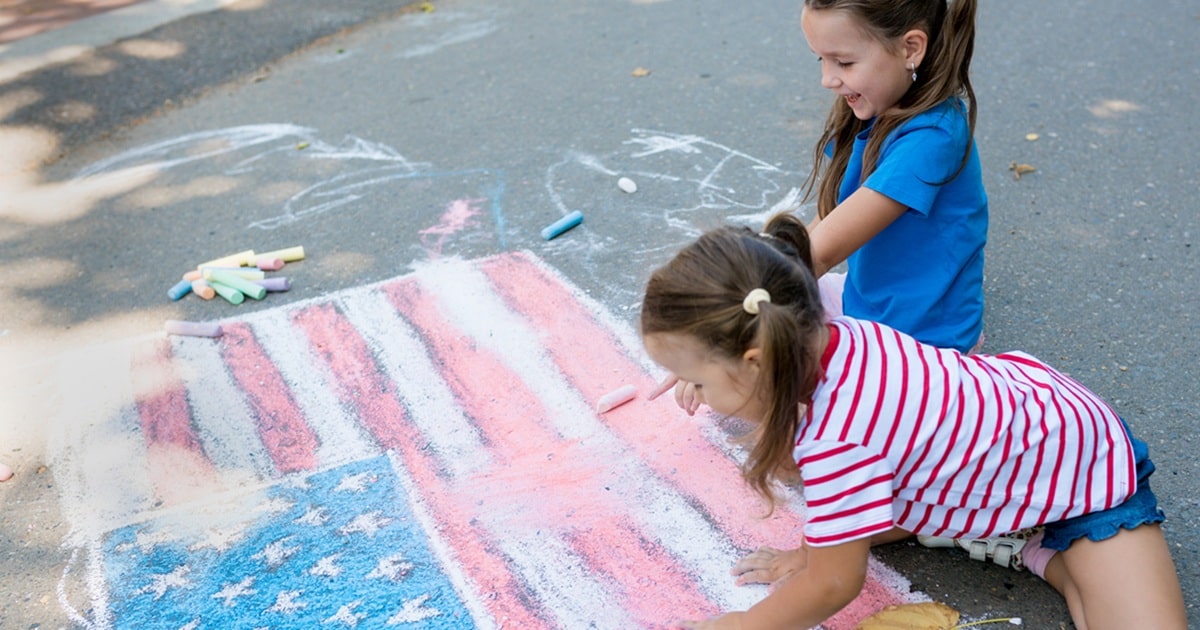PRATO, Italy — Earlier this year, something drew me back to the diaries of Anaïs Nin. I’d read several volumes decades ago. Tracing the French-American author’s libertine, literary life in Paris and New York starting in the early 1930s, these were especially popular after the steamy film adaptation of an early diary, Henry and June, came out in 1990. Rereading them, I’m again drawn into Nin’s exquisite prose, her lush descriptions of place, her erotic yearnings as World War II encroaches on Paris. Now as ever, her confessions reveal a multitude of desires.
One gets to thinking: In today’s algorithm-driven, swipe-left-or-right world (or, for that matter, in an art world steeped in the cerebral) what has become of embodied eroticism, of desire, of seeking and celebrating beauty, of intimate vulnerability, or vulnerable intimacy? Who still finds poetry and pleasure in the sight of fallen petals, or in sunlight on skin? Louis Fratino’s Satura, the artist’s first-ever institutional show, on view at the Centro Pecci, assured me that someone still does.
The show’s nearly 70 works — many figurative paintings, a series of lithographs, three frieze-like sculptures, and a smattering of the artist’s sketchbooks — are, together, as rich as a retrospective (even if such a thing would be premature: Fratino is only 31). They are also rife with expressions of everyday tenderness. Some of the depicted scenarios are overtly homoerotic, others are ordinary scenes made extraordinary in their bold colors, compositions, and techniques that lean on art historical greats like Chagall, Picasso, even Alice Neel, but also refer to Italian 20th-century artists like Filippo De Pisis. Like Nin’s writings, the paintings are a diary of visual vignettes from Fratino’s own life rendered from memory and populated by his friends, family, and lovers. A handful of works depict explicitly sexual scenes, but these are never gratuitous — they rather offer glimpses into a rich emotional register under the thirst-trap aesthetic we’ve come to associate with contemporary gay male visual culture.

Many pieces reflect intimate moments between lovers (invariably young, taut, dark-haired, and heavy-browed, some recognizably Fratino himself); others revel in quotidian pleasures. In “Four Poster Bed” (2021), two nude men sleep in a bath of light on the titular bed, sprawled over each other in an intriguing drapery of sheets. There are wilted hydrangeas in a kitchen sink (“Hydrangea aspera, kitchen sink,” 2024), a reclining nude lover near a messy table (2022’s “You and your things” — Fratino’s many post-meal tables are less memento mori than evidence of enjoyment and satiety). The canvases are dense with references to cinema and literature: tucked within the still lifes, for example, are the covers of books by 20th-century Italian queer writers including Sandro Penna and Mario Miele. In tiny clues across many paintings, the artist outs himself as an avid reader, and it was intriguing to learn that he, an Italian-American raised in Maryland, recently learned the language of his forbears and has steeped himself in 20th-century Italian culture.
Offsetting the depicted domestic moments are studies of more communal joys: There’s a riotous gaggle of googly-eyed blue fish in a market (“Fish market,” 2020), and dreamy blue seascapes by day and night (“Last swim of the season” and “Moon over the Gulf of Genoa,” both 2020). In“YMCA” (2023), a group of nude men shower together in a steamy room whose overlapping planes echo early Cubism; and in “Arci Bellezza” (2023), the title referring to a popular gay club in Milan, the tightly packed dancers are a rhythm of vertical lines and deep neutral and blue hues.

Centro Pecci, a dynamic contemporary art institution in Prato, a Tuscan city centered around the Italian textile industry, has dedicated an elongated hall to Satura. The name refers to both a banquet platter and to the Italian word saturo — “sated” or “saturated,” both of which apply to the works on view here. Curator Stefano Collicelli Cagol opens with two early, very small works (one of them the tiny “Blowjob and Moon,”2019) and then, a few steps further, seven mesmerizing lithographs depicting nude couples or flowers in stark contrast. But otherwise he has arranged the works on loose visual affinities rather than chronology, format, scale, or narrative, allowing viewers to meander and make their own connections — and considering the density of Fratino’s scenes, this is not always an easy task. I found it more compelling to dive into individual works, at far and close range, to take in their many references, and to contemplate their formal complexities. These paintings are deliciously tactile, and viewed up close, the brushwork and paint application is almost topographical — some surfaces are hatched with deep parallel scratches, and the body hair of Fratino’s subjects is sometimes etched in, or appears as drawn- or painted-on squiggles.
On the opening days, when I talked to Fratino about Nin’s search for meaning, depth, and the sensual in equally tense times nearly 100 years ago, the artist mentioned the importance of building “a beautiful life.” His simple statement has stuck with me: Are these works perhaps part of a longing in not only the artist but many of us to search for the sublime, to access the generative power of the erotic? Fratino’s canvases seem to capture a universal and timeless yearning. It was interesting to learn that he works not from posed models but from memory, collaging the recollected fragments of his life into a sum greater than their parts. Focussing on beauty in an era marked by much ugliness, Satura feels like a subtle act of resistance.


Louis Fratino: Satura continues at Centro Pecci (Viale della Repubblica 277, Prato, Italy) through February 2, 2025. The exhibition was curated by Stefano Collicelli Cagol.
Editor’s Note: Some travel for the author was paid for by Centro Pecci.





Leave a Reply